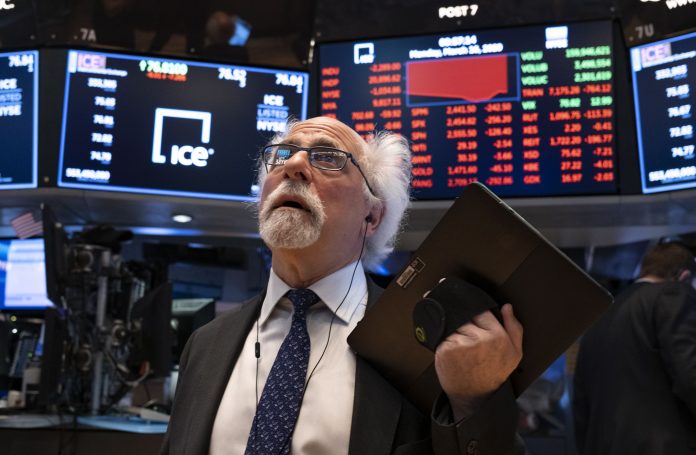The S&P 500 index has stepped into bull market territory and the US investors sentiment has reached the highest value since February this year. The fear-greed index is now in extreme greed territory, as investors are looking again to add stocks after sitting on the fence over the last few quarters as central bankers raised interest rates to fight inflation.
After reaching a low in October, the S&P 500 index has risen by 20%, which fits the classic definition of a bull market — when the price of a security or index rises 20% from a 52-week low. Since 1950, bull markets have lasted for 5.5 years on average — four times as long as bear markets over the same period. And over these bull markets, the S&P 500 has gained an average of 183%. The most recent bull market, which ran from March 2020 to January 2021, ended just shy of the two-year mark. Before that, we went through an 11-year bull market as we emerged from the global financial crisis.
American investors’ sentiment shot up and is above average for the first time since February 2023 in the latest AAII Sentiment Survey. Bullish sentiment, expectations that stock prices will rise over the next six months, increased 15.5 percentage points to 44.5%. This puts optimism above its historical average of 37.5% for the first time since February 2023. Bullish sentiment was last higher on November 11, 2021 (48.0%). Bearish sentiment, expectations that stock prices will fall over the next six months, plunged 12.5 percentage points to 24.3%. After a 15-week streak of above-average readings, bearish sentiment fell to its lowest level since November 11, 2021 (24.0%).
Romanian investors also showed signs of optimism in the last eToro Retail Investor Beat survey, with 90% of the respondents mentioning that they are expecting to be profitable this year while 29% expect profits exceeding 20%.
But the current incipient bull market looks fragile. There are a lot of unknown factors in a world in turmoil with climatic and geo-political issues, persistent inflation and economies in decline, writes eToro analyst for Romania, Bogdan Maioreanu.
. The market is waiting for this week’s US inflation data and the subsequent Fed decision.
While investors are looking with optimism to the stock market, the fear-greed index is showing extreme greed, but this can be a contrarian indicator to the current trend. Last time when extreme greed showed was on February 1st this year, when the S&P 500 index was at 4119. One day after this the index reached 4179 then corrected until it reached 3855 on March 13.
This shows that investors should be prepared for moves in the market and should assess their investment goals and especially how long they are investing until the need for the money. If this is indeed a bull market, it’s looking a little more unique than the ones we’ve seen in the past. Rates could stay high until inflation comes down further, and some companies could struggle, even if the stock market keeps moving higher. In such an unstable environment, companies with strong cash positions and solid revenues could weather slowing growth and high operating costs better than heavily indebted competitors, and we could see an extended period of market consolidation, bigger fish gobbling up smaller ones, gaining market share and a promise of larger profits in the future.

















